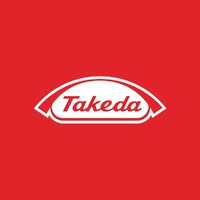
Takeda
We strive to transform lives. While the science we advance is constantly evolving, our core purpose is enduring. For more than two centuries, our values have guided us to do what’s right for patients and for society. We know that changing lives requires us to do things differently. We start by listening to and addressing what really matters to patients, the people who love them, and those in the healthcare system who provide care. And that’s what inspires us all to be bold, push boundaries and set new standards that open up greater opportunities. Read our community guidelines: https://takeda.info/communityguidelines






